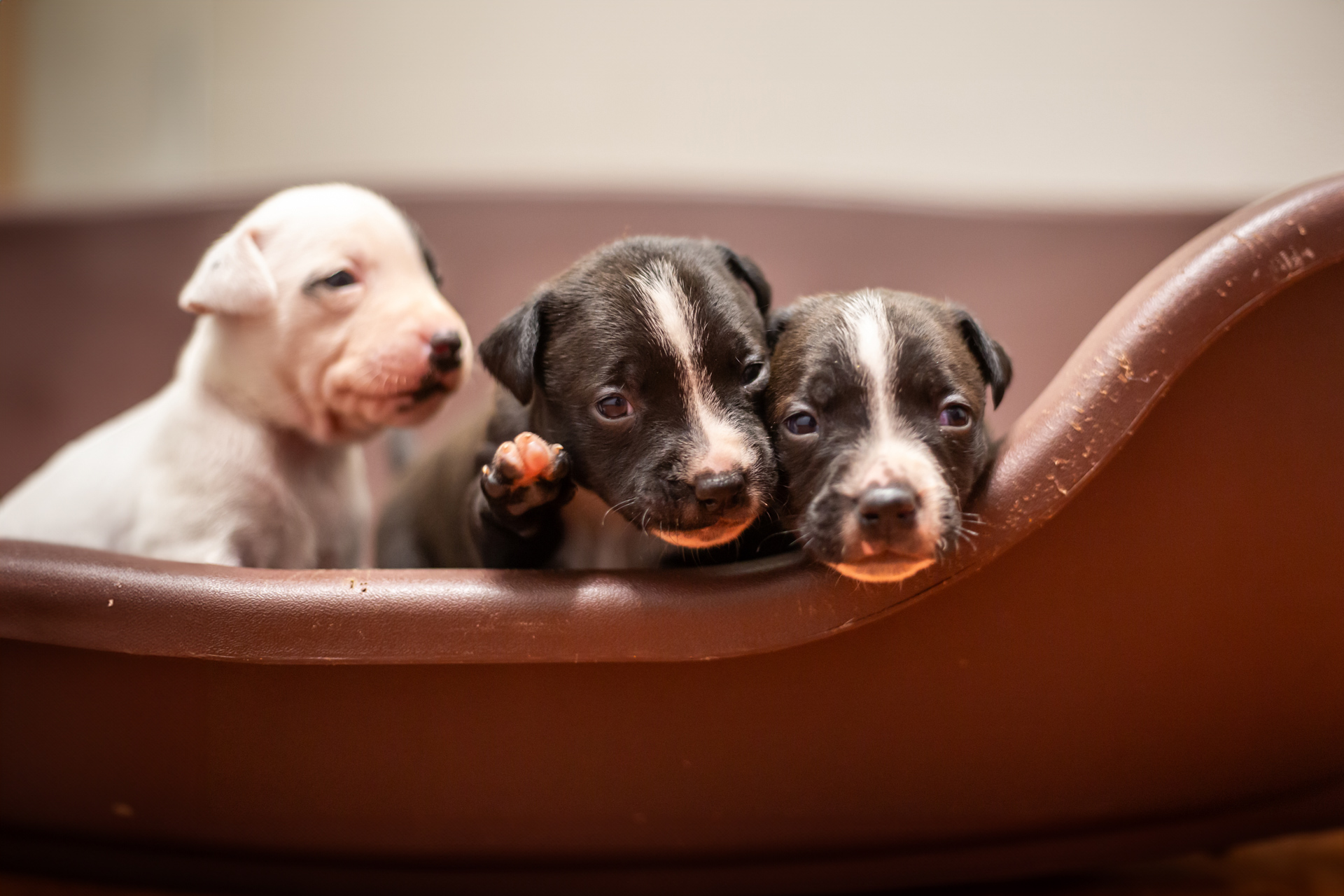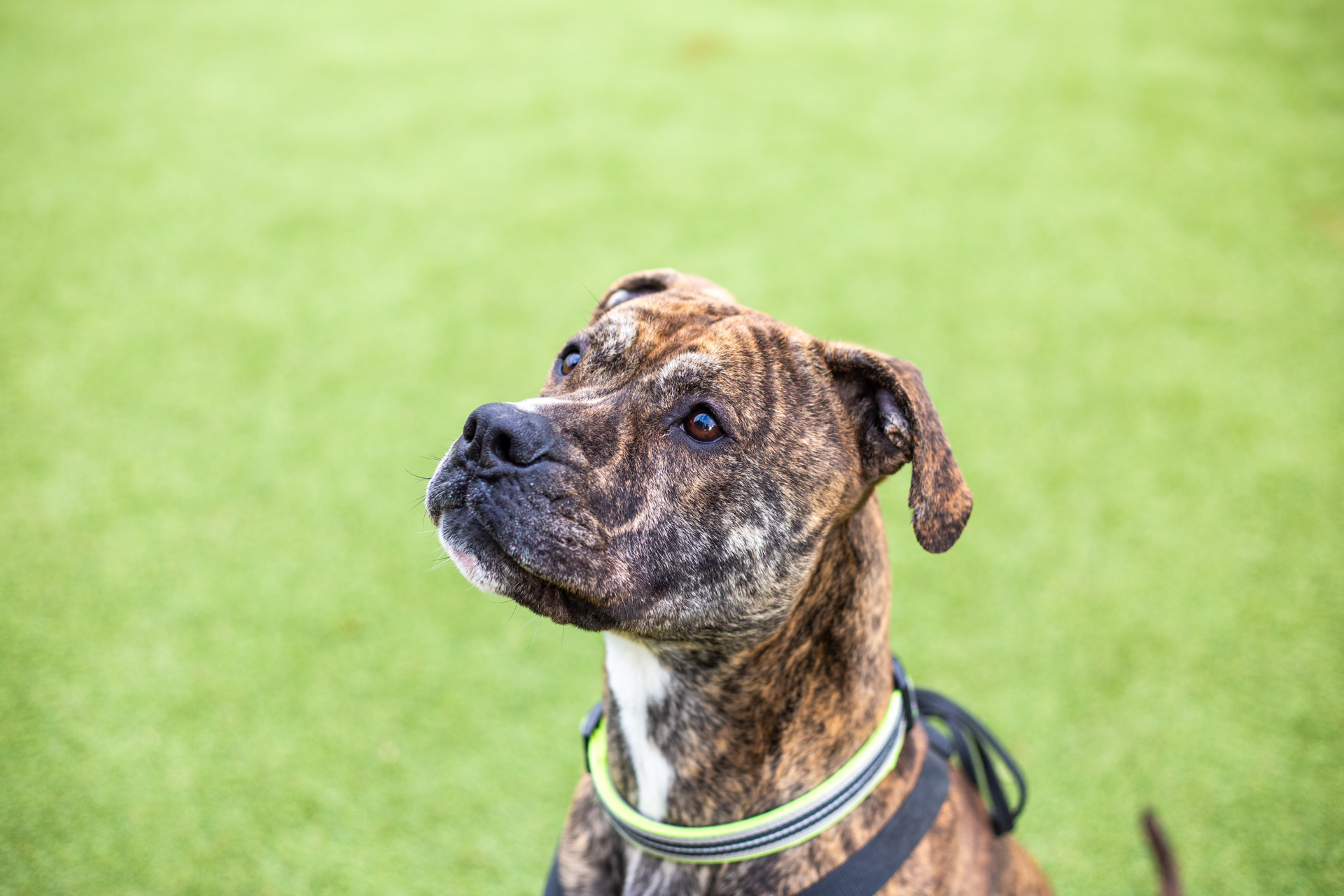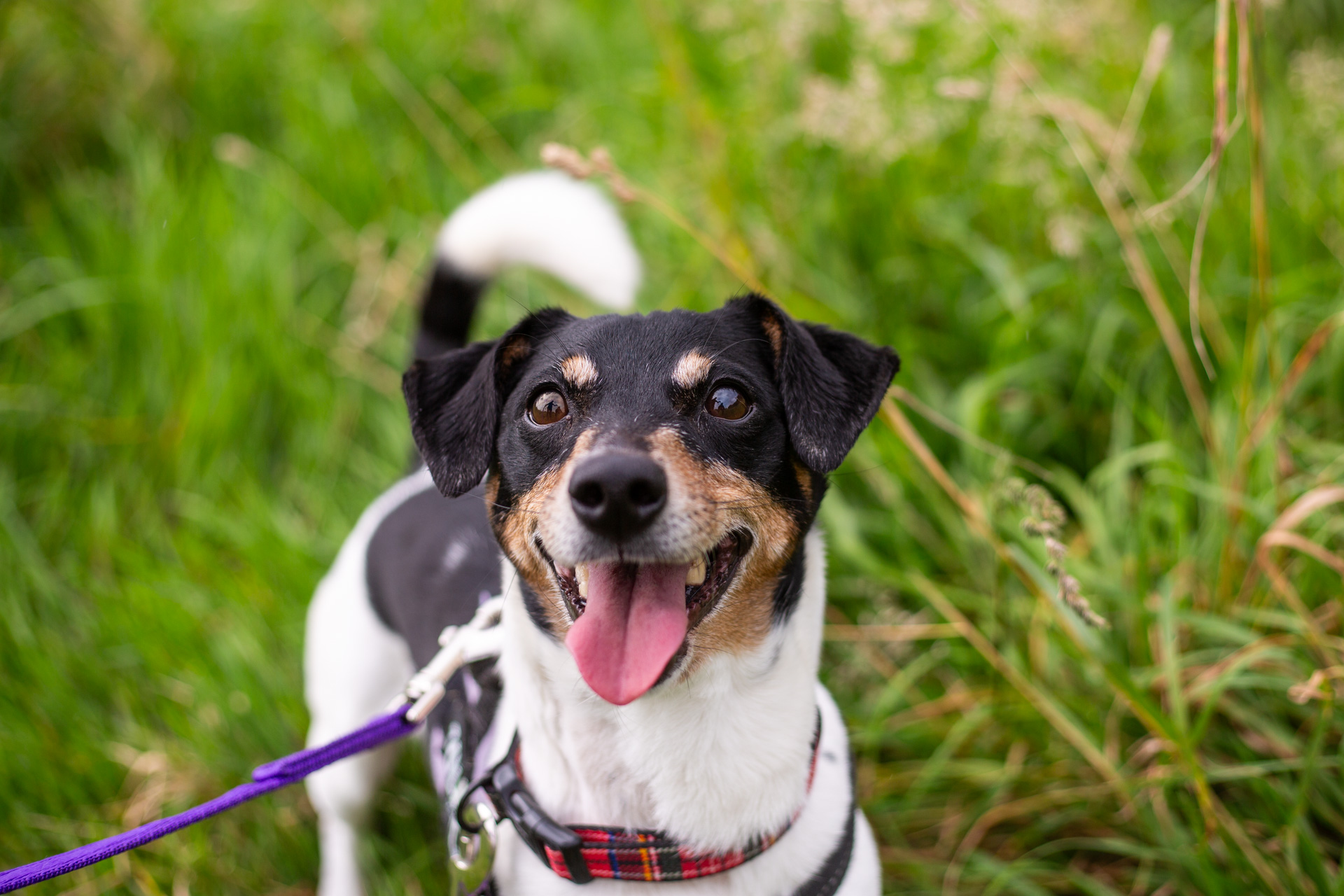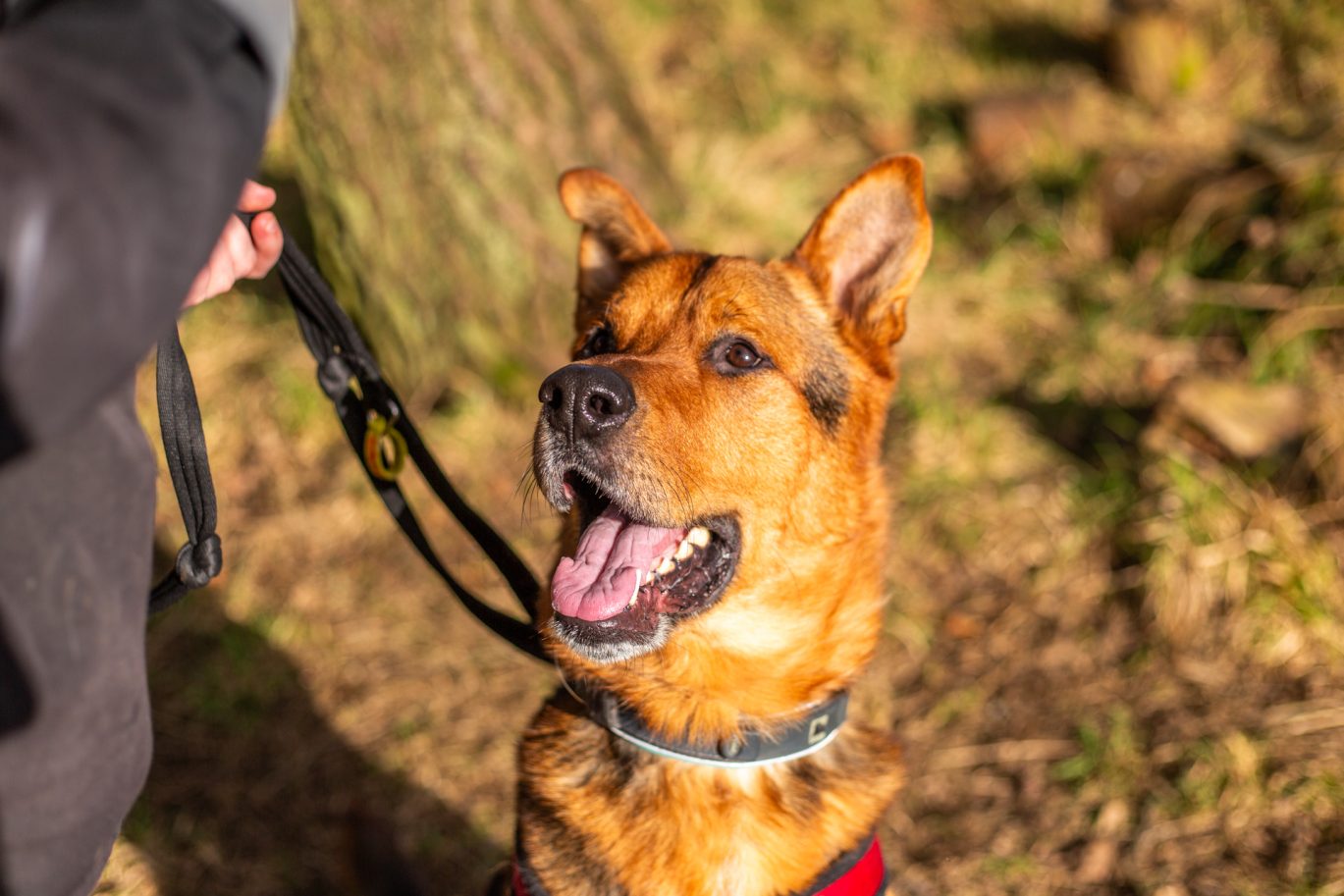
Why Is My Dog Panting So Much?
Worried about your dog panting excessively? Read on to find out why they’re doing this and what you should do to help.
A panting pooch usually isn’t cause for worry, however, if you notice a change in this behaviour, it may be a sign of something else going on. As an owner it’s your job to understand why your pet is panting and the measures you should take if it’s a symptom of something more serious.
Why do dogs pant?
Panting can seem unusual if you’re a first-time dog owner but it’s a behaviour that all dogs do. Your four-legged friend will usually pant to cool themselves down. This works by replacing the hot air in their body with cool, lowering their body temperature. Dogs can’t sweat through their skin, so this is the most effective way to cool down.
Overweight and flat-faced dogs such as Pugs, French Bulldogs and English Bulldogs, are more prone to panting due to their anatomy.
How to recognise excessive panting
Excessive or abnormal panting can be a sign of an underlying issue so it’s important to notice and recognise when your pooch seems to be panting more than usual.
This can include:
- Panting more heavily than usual
- Panting for longer periods of time
- Having difficulty breathing
- Blue discolouration to their gums or tongue
- Showing signs of heatstroke or other unusual behaviours
- Seeming distressed/anxious
If your dog exhibits any of these symptoms, contact your vet and take measures to identify and combat the cause.
Causes of excessive panting
There can be a number of reasons why your furry friend doesn’t seem themselves when panting.
Heatstroke
Heatstroke is caused when your dog is overheating and has been subject to prolonged, high temperatures. This can become very serious, so if you suspect your dog to be suffering from this then take immediate steps to cool them down and visit your vet as soon as possible.
Signs of heatstroke include:
- Heavy or continuous panting
- Difficulty breathing or a change in their breathing
- Panting with their tongue curling upwards
- Bright pink or red gums
- Foaming at the mouth
- Shaking or wobbling on their feet
- Low energy
- Stretching out their neck
- Excessive drooling
- Vomiting and diarrhoea
- Collapsing
- Seizures
Distress and anxiety
If your dog is prone to anxiety or in a stressful situation they may exhibit excessive panting. This is usually accompanied by other body language such as:
- Yawning
- Whale eye (when the white of the eye is visible)
- A tucked in tail
- Pinned back ears
If you suspect that your dog is panting due to anxiety and distress, then try to figure out what’s causing this and remove them from the situation. Your vet can also help if this becomes a recurring issue.
Pain and illness
Excessive or unusual panting can also signify that your dog is in pain or has an underlying condition such as heart or respiratory disease. If you can’t find any other cause of their panting, then consult your vet to make sure it’s not a sign of something more serious.
Breed specific
As we touched on earlier, breeds such as Pugs, French Bulldogs, and English Bulldogs are more prone to panting and breathing problems due to their flat faces and shorter noses. This can cause health issues such as BOAS (Brachycephalic Obstructive Airway Syndrome) due to the anatomical features of their airways.
Symptoms of BOAS include:
- Noisy breathing, wheezing and snoring
- Difficulty exercising or reduced exercise tolerance
- Gagging or retching when swallowing
- Laboured breathing
- Open mouth breathing
- Cyanosis (blue-ish gums) due to lack of oxygen
- Collapsing
Vets can diagnose this syndrome through a physical examination. Some dogs will require surgery to alleviate some of the problems.
BOAS can really impact the quality of life for your dog and severe cases can shorten their lifespan. Breeders should avoid breeding from affected dogs or those with very flat faces. Choosing a dog with a longer muzzle can help avoid BOAS. If you think your dog might have BOAS, then early diagnosis and treatment can help improve your dog’s quality of life.
Panting in the car
Your dog can feel a mixture of emotions whilst travelling in a car which can lead to them panting more than usual.
They could be excited or anxious and distressed. If they’re feeling anxious, try reassuring them. They could also be feeling nauseous. If your dog suffers from travel sickness speak to your vet about possible treatments.
Panting in the car can also be a sign of overheating, especially if the temperature is too high. This can cause heatstroke which is extremely dangerous for dogs.
Panting at night or while resting
If your dog is panting in the evening and it doesn’t seem to be caused by the temperature, then you should take note of any other symptoms alongside this to try and work out what’s causing it. Dogs should stop panting when they’re resting so if this behaviour continues, it may be a sign of pain or respiratory disease (like BOAS).
When to see your vet
Distinguishing regular panting from excessive panting can be tricky but if you can’t find a cause or have identified any of the symptoms we’ve talked about above, then you should consult a vet as soon as you can.
You should also see your vet straight away if your dog is exhibiting any of the below symptoms alongside panting:
- Struggling to breathe
- A blue or purple tinge to the gums or tongue
- Not eating or drinking
- Increased drinking
- Increased or abnormal urination
- Vomiting or diarrhoea
- Unsettled behaviour
- Abnormal bloating
- Limping
Preventing unusual panting
There are some measures you can take to look out for your pooch and prevent them from panting excessively:
- Avoid exercising them during the hottest parts of the day. No dog has ever died from missing a walk, but some have died because of one.
- Check the ground temperature if you’re taking them out during hot, sunny weather.
- Leave them plenty of fresh water and encourage them to drink it.
- Don’t leave them in a hot car or in areas that heat up quickly like porches or conservatories.
- Encourage them to get wet during hot weather.
- Consider clipping their fur in the warmer months.
- Provide shade and water in high temperatures.
- Be extra careful with flat-faced breeds.
How to manage overheating or heatstroke
If you suspect your pet is overheating or suffering with heatstroke, then you must speak to your vet as soon as possible and do the following to help them cool down:
- Stop exercising them if you’re in the middle of a walk or playing with them.
- Offer them fresh, clean water, but don’t force them to drink.
- Cover their body with cold water, avoiding the nose and mouth, and going slowly to avoid panicking them. Be cautious if they’re unconscious so that they don’t inhale any water.
- Use a fan or open windows/doors to create a breeze for them.
- Place them on top of a wet towel.
- Cover an icepack, or frozen veg, with a wet towel and place it between their thighs. If they’re a smaller dog, then place them on top of this.
- Don’t cuddle them or cover them with a wet towel as this will make them hotter.
Following these steps can help cool your dog down and prevent overheating from becoming a more serious problem.
We’re here to help
We hope this advice helps you recognise if your dog is panting unusually or excessively and whether it’s a sign of something more serious.
Please consider giving a one-off donation today to help us keep the dogs we look after cool and cared for.
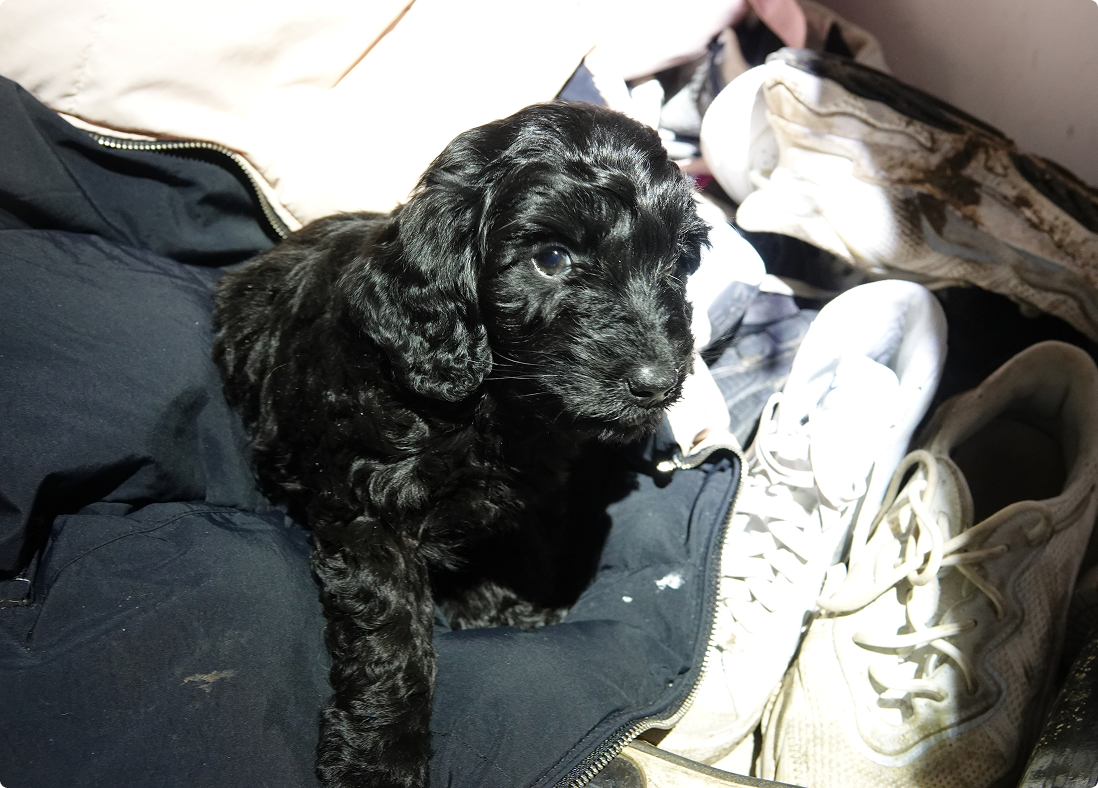
Puppies across Scotland need your help
Please consider giving a monthly donation today. Give Scotland’s animals the gift of safety this winter and beyond. The criminals involved in the low-welfare puppy trade never stop. And with your help, neither will we. Every £1 matters to puppies like Winnie.
